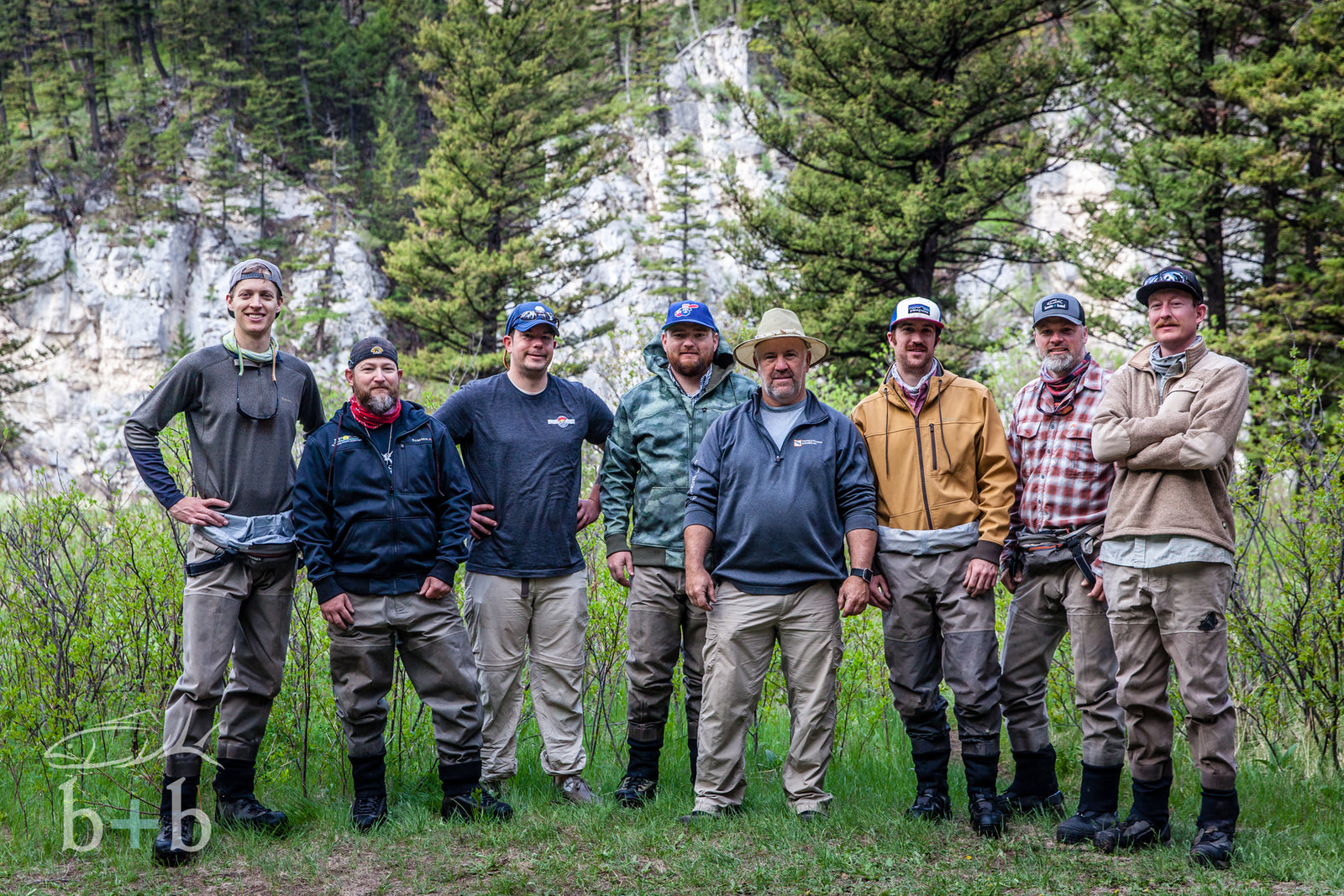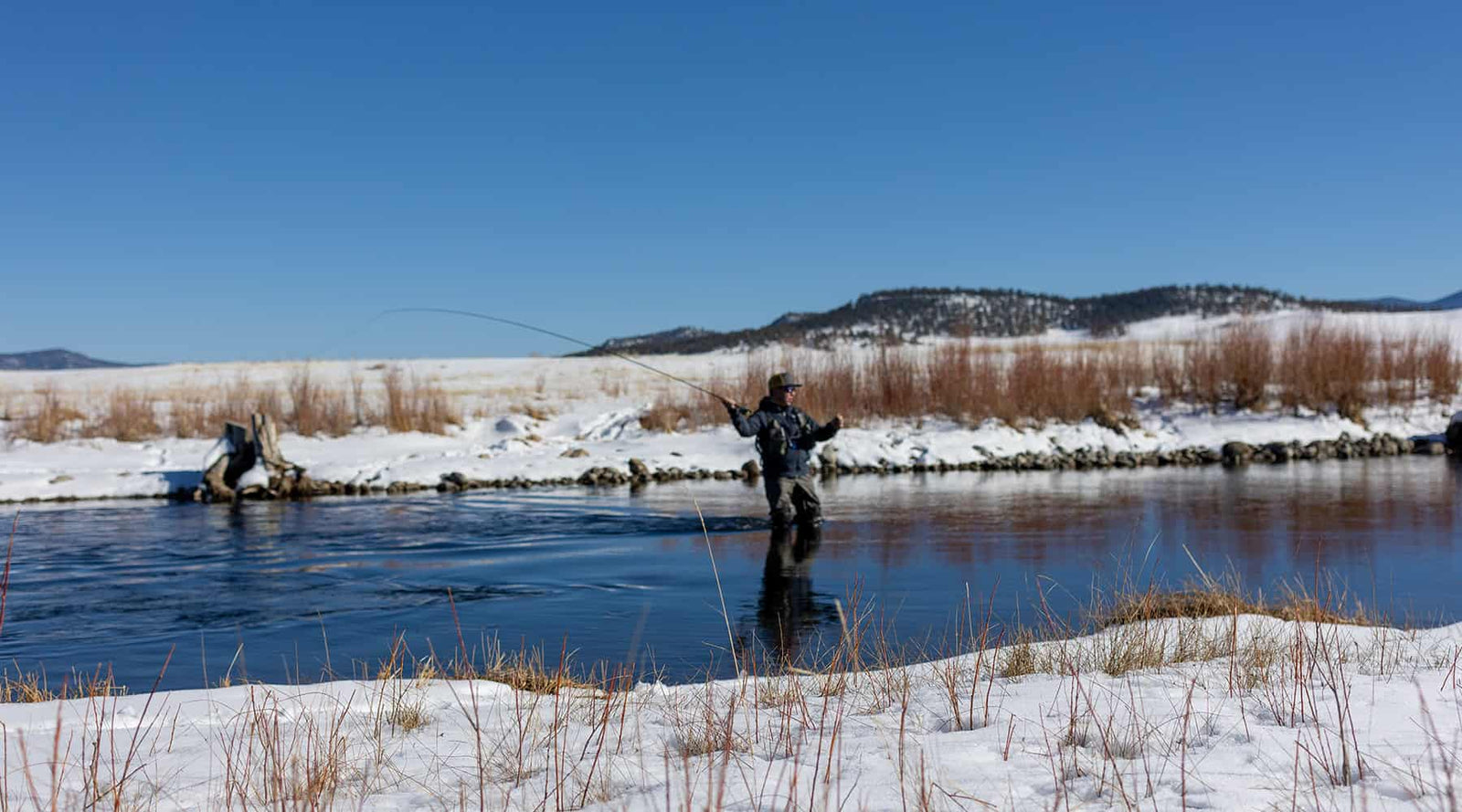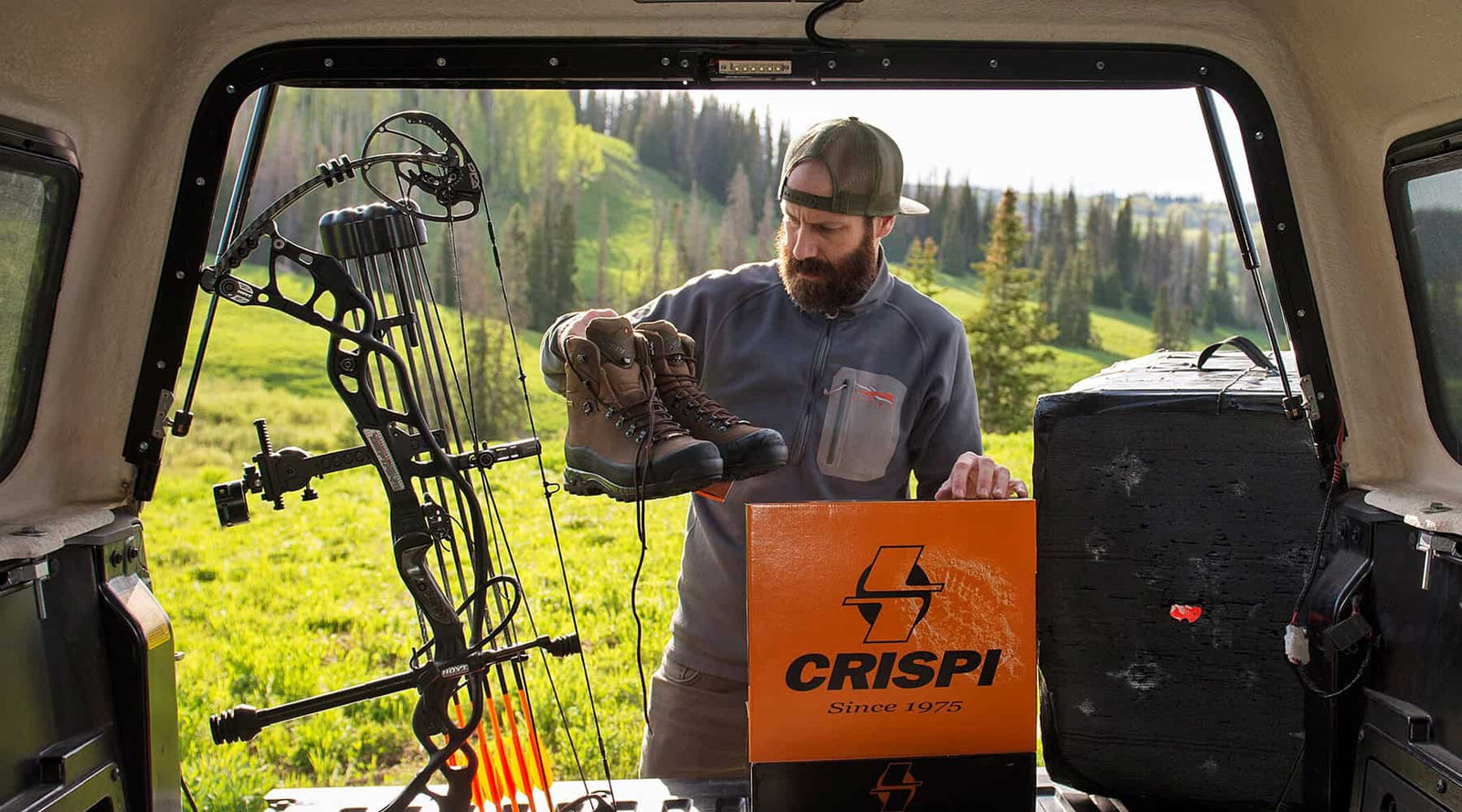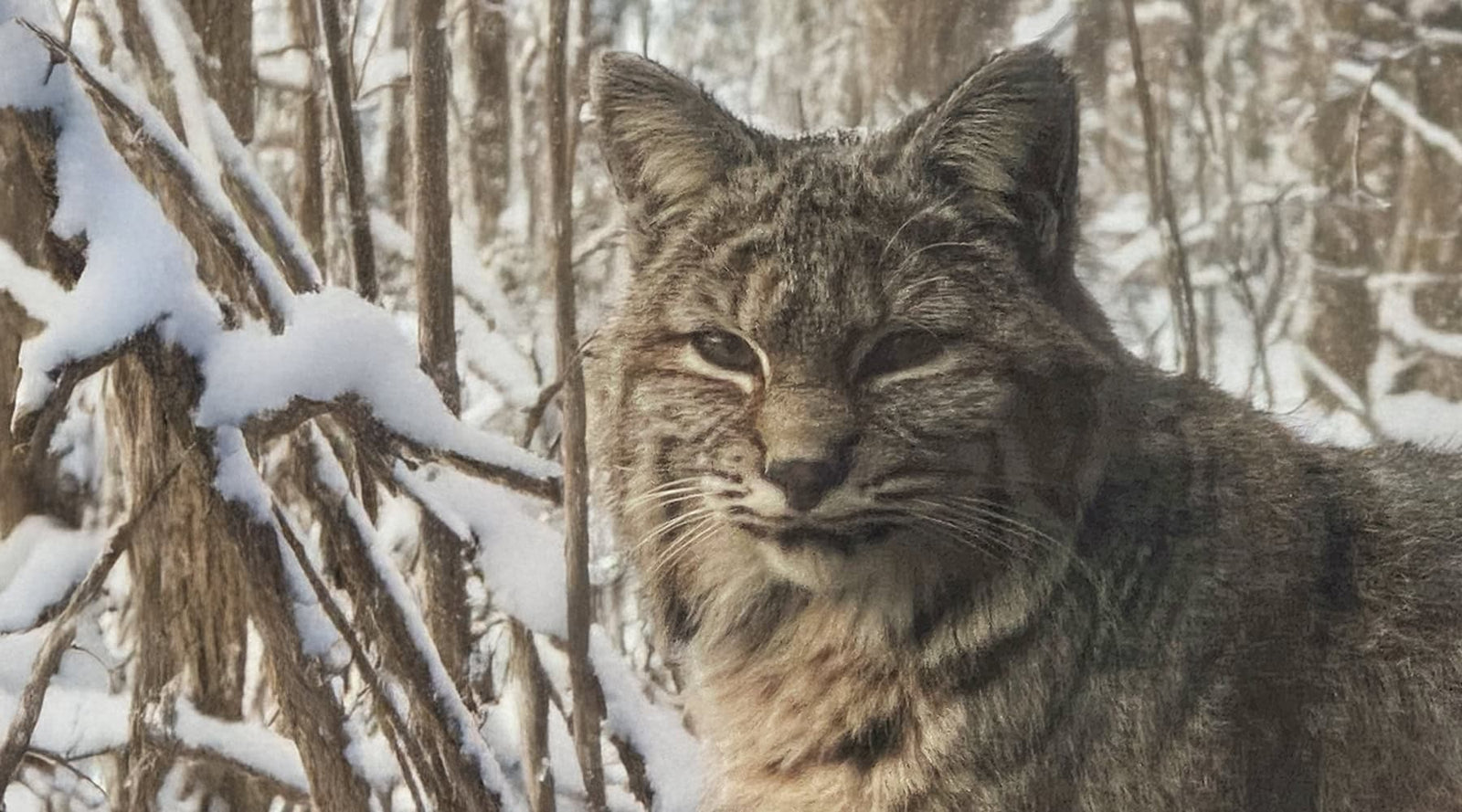Five days of friends, flows, and firsts.
I don't remember exactly when the Smith river came onto my radar, but it must have only been within the past year or so. Probably due to the noted increase in campaigns to help fight against a proposed mine on its headwaters, which would threaten the water quality and the resulting amazing recreational opportunities it holds.
While I knew the basics of what the Smith was about, I wasn't actively putting in for Smith River float permits, and wouldn't really refer to myself as a river rat. I had actually only done one other (guided) overnight raft trip in the Black Canyon of the Gunnison before the call came out of the blue in March from my friend Scott. It turns out that he along with some of his friends had applied, and low and behold, one of them had pulled one! Based on what I did know about the Smith, I knew it was a trip I needed to be a part of.
Slated for a May 5th launch, we were hoping to catch some good weather, but also hopefully not be into full run-off mode. After a monumental snow year in Montana, things actually were looking good on the day that we all descended upon White Sulphur Springs, and pulled into Smith River State Park. Our last flow check before we lost cell service showed the river dropping quickly after a warm spell earlier in the week.
We awoke on Cinco de Mayo and began to finalize the arduous task of packing the boats jig-saw style with everything we'd need for five days on the river. A quick check-in with the river ranger to choose our campsites, and we pushed off with nothing but fifty nine miles of river adventure in front of us.
Having only rowed a handful of times, through some easy water on fly fishing day trips, I was eager to get some solid time on the oars and see what the river held ahead. But it wasn't just myself that was a bit new to the sticks, with another member of the group having never rowed at all, and another only having one float under his belt. Not known as a technical float, especially with high water, the Smith proved to be a great training ground to quickly become comfortable on the oars. The Smith will always be my first multi-day float, where I was solely responsible for picking the lines and navigating safely. That fact alone will always make it special.
With a few miles behind us, all the boats caught up to each other and we eddied out for a quick bite to eat. Based on the reports coming from each boat, it quickly became apparent that fishing was not going to be easy!
Between the hot weather the first couple of days and a couple of solid rain storms during the evenings, the river clarity went downhill quickly, and the flows rose drastically. We found out at the end of the trip that the flows had gone from 950 cfs when we put on to 1650 cfs by day five. After one evening of rainstorms we even awoke to a steady flow of debris coming down the river, including a whole tree.
The frustrating part was that the bug activity was epic, but the high flows and low visibility seemed to keep the fish down, choosing to all but ignore the feast of bugs that danced on the top water. Even trying to find fish along the edges proved unfruitful. In the end, our most successful tactic was pulling over and really working any of the creeks that dumped into the main stem of the Smith, as well as concentrating on the extremely slow inside seams.
Simply look up
The one good thing about the Smith is that while the fishing isn't always guaranteed, the spectacular scenery is! From the rugged towering canyon walls to the rolling meadows of the lower stretch, there was always something amazing to feast our eyes on.
I don't think I'd be speaking out of turn if I said one of the highlights of the trip for the group was definitely the cave with the pictograph wall. While the cave can be seen high on a ridge above the river, it took some sketchy route finding and scrambling in wading boots over questionable terrain to actually get to it.
Being in the presence of signs of an ancient civilization definitely drove home the notion of how special this area is, and why protecting the Smith river is so important.
You'll make friends with the natives
Another fun stop was the Heaven on Earth Ranch about halfway through the float. The ranch sits on a bend in the river with a towering cliff wall in front of it. It's a true Montanan working cattle ranch that has been with the Anderson family for over 100 years.
Vic, the owner, greeted us waterside and quickly opened up his small mercantile and bar.
Even though we ate like kings on this trip (can you say homemade tamales!), after a few days on the river, his homemade ice cream sandwiches were a welcome treat!
Soon we found ourselves exploring his tack barn which has creatively been converted to a bar. Before we knew it we had found the bottom of two (and maybe three) of Vic's specialty Deep Creek drinks and some of us were starting to get chatty (we won't name names).
We gathered the crew and started down river. Soon the full effect of the Deep Creeks took hold and before we knew it, we were pretending to be Brad Pitt in A River Runs Through It, and simply casting for casting's sake. That was until it turned into a game of indicator tag between boats. Bonus points were awarded for direct hits between the eyes. While we enjoyed meeting Vic, a word to the wise. When he offers up more than a couple of his cocktails, smile, and kindly decline.
Every bend will surprise you
On the final day, we exited the sheer walls of the canyon and entered into rolling ranch grasslands. Since it was clear the fishing wasn't going to magically turn around, more and more time was spent quietly staring at the landscape. It was amazing how quickly those 59 miles had passed underneath us.
A few miles before the take-out, a fairly clear creek was slowly adding its share of water to the Smith. It looked too good to simply row past. Scott and I pulled the boat to the side as the rest of the flotilla continued towards the takeout.
After working the likely looking seam between the clear and muddy water for about twenty minutes, I started looking deeper into the creek itself. A few minutes of quietly watching revealed a pod of noses occasionally popping up about a foot off the creek bank. With the abundance of Gray Drakes that were taking flight, a dry fly seemed like it might actually be plausible. I hastily switched rigs and started casting.
The first cast laid down nicely. A bit short. A wind gust from my right took the second cast way too far left and ended up behind the fish. As my third cast rolled out and dropped onto the water, I could immediately see my drift was on the proper line and was going to ease right to where I had seen the last rise.
As I stared up river the vast sheep ranch we had just spent an hour floating through sprawled before me. But my focus narrowed to a small slice of the river. The silhouette of a trout nose slowly rose through the surface film and confidently let the fly float into its mouth. Connection. I couldn't have even imagined a more quintessential western trout dry fly eat.
After so many days of tough fishing, the last way I would have imagined finishing the trip was by bringing a fish to hand on a dry fly. Whenever I think of the Smith from now on, the way that scene played out will always come to mind!
After experiencing it in person, I can wholeheartedly say that the Smith River lives up to the hype. It truly is a special place. I was left with the feeling that I was seeing it the same way that the ancient civilizations saw it; wild and raw.
Unfortunately all of these things that make the Smith river special are currently being threatened. A massive copper mine has been proposed at her headwaters, on the banks of Sheep Creek.
Admittedly this was only my first time on the Smith (compared to others we met on the river that had done it over 30 times!). Yet, those five days made a big enough impression on me that I, like so many others, want to ensure it's protected for perpetuity. I definitely want to experience it again, and you can bet I'll be putting in for my own permits going forward. It's just too unique of a place to not share with others.
Luckily several conservation groups, including American Rivers, recently launched a campaign to put a responsible mining initiative on the state ballot in November 2018. If the initiative passes, it will allow the state of Montana to more easily deny any proposed mine that requires perpetual water treatment to deal with acid mine drainage and heavy metals contamination. Montanans’ support for this initiative could impact the fate of this project and future harmful mining proposals.
Join me by clicking the Take Action button to sign the petition to make sure the Smith River has the protections required to ensure it continues to be one of Montana's most storied rivers forever.



























































